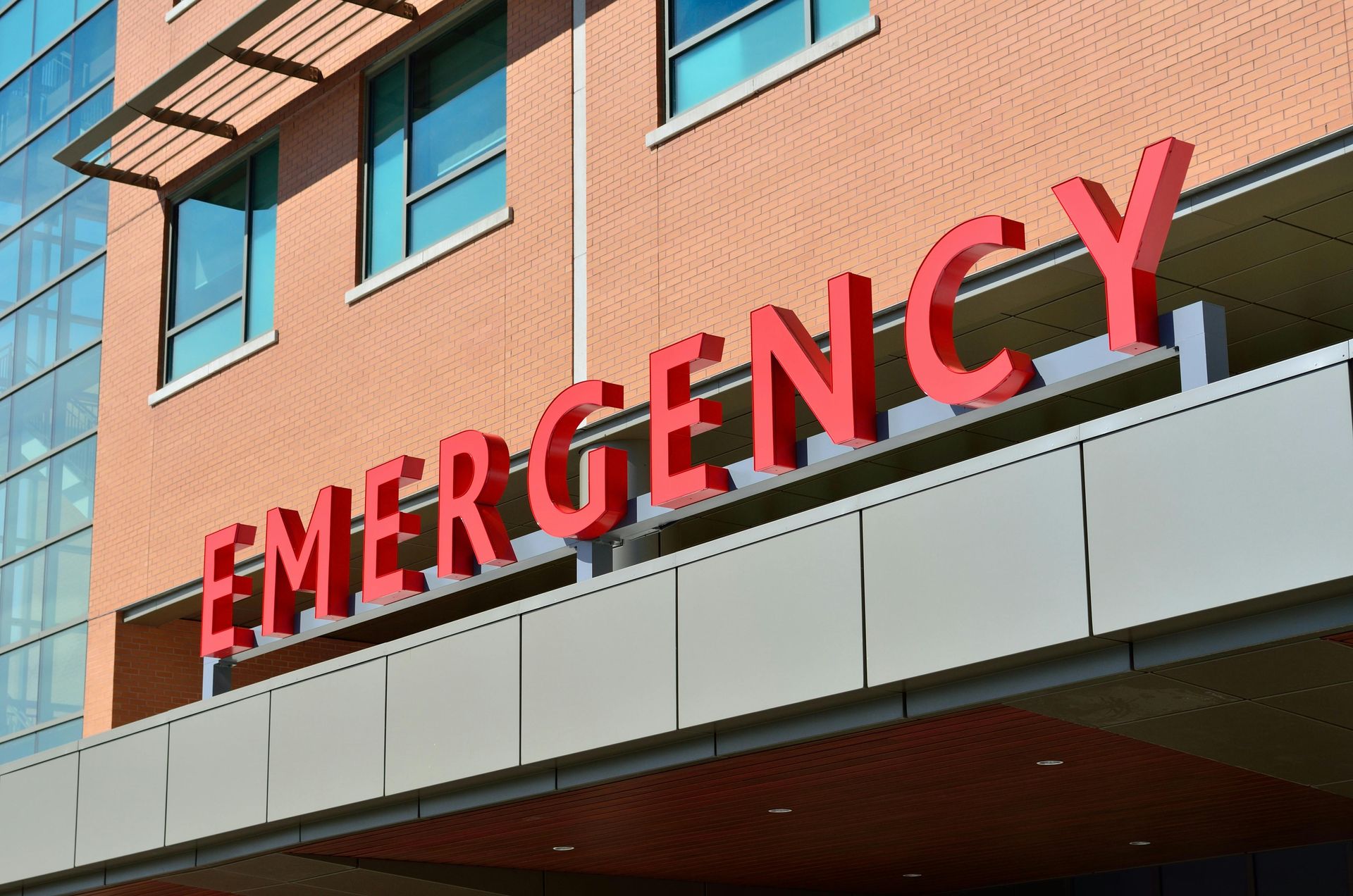The Destination of Healthcare: Addressing the Needs of Underserved Communities
Bridging the Gap: Addressing Healthcare Disparities in Underserved Communities

For years, I have pondered a crucial question: Why are those in underserved communities the least likely to receive quality healthcare? Is it because public health officials fail to ask these communities what they truly need? Does public health apply a one-size-fits-all approach to populations with vastly different needs? Do healthcare providers see these patients as just another number, someone seeking drugs, or simply a means for financial gain? From personal conversations with individuals in these communities, the answer seems to be all of the above, alongside an overwhelming mistrust toward the medical field.
Fast forward to today, and we see that Medicaid—a crucial insurance program—not only serves older individuals but also those with disabilities, residents of underserved communities, rural populations, and the homeless. Yet, despite its importance, there remain significant gaps in care, particularly for the homeless population, who often seem forgotten despite suffering from chronic illnesses like diabetes, hypertension, and mental health disorders.
Understanding Public Health and Its Role
Public health is defined as the science and practice of protecting and improving the health of people and their communities. This is achieved through education, policy-making, and research for disease prevention. Public health plays a vital role in controlling outbreaks, improving access to healthcare, and reducing health disparities. However, a persistent criticism is that it often applies a broad-strokes approach rather than addressing the unique needs of specific populations.
In underserved communities, public health efforts often fall short due to limited resources, lack of community engagement, and inadequate policy implementation. Many of these communities feel ignored or misunderstood, reinforcing distrust in the healthcare system.
The Role of Healthcare Providers in Treating Vulnerable Populations
Healthcare providers are at the forefront of patient care, but biases—both implicit and explicit—can affect the quality of care for underserved populations. Patients from these communities often report feeling rushed through appointments, dismissed when expressing concerns, or judged unfairly due to their socioeconomic status.
Physicians and other medical professionals must prioritize cultural competency, empathetic care, and patient-centered approaches to rebuild trust. Implementing community-based healthcare initiatives, training providers in culturally sensitive care, and ensuring medical facilities are accessible can help bridge this gap.
Medicaid: Who Utilizes It and What It Covers
Medicaid is a joint federal and state program designed to assist individuals and families with low incomes. According to the Kaiser Family Foundation (KFF), as of recent data:
- Black and Hispanic individuals represent the highest ethnic groups utilizing Medicaid, due to systemic economic disparities and barriers to private insurance.
- Children, pregnant women, people with disabilities, and older adults are among the primary beneficiaries.
- Coverage includes hospital visits, primary care, prescription drugs, maternity care, and long-term care, but access to specialty care remains a challenge.
While Medicaid helps millions, issues such as provider shortages, reimbursement rates, and bureaucratic hurdles prevent it from being an entirely effective solution.
Healthcare for the Homeless: Who Cares for Them?
Homelessness presents a unique healthcare crisis. Without stable housing, individuals struggle to manage chronic illnesses, access preventive care, or adhere to treatment plans. So, how do they receive healthcare?
- Federally Qualified Health Centers (FQHCs): These centers receive federal funding to provide primary care, mental health services, and substance abuse treatment to underserved populations, including the homeless.
- Mobile Health Clinics: Some organizations operate mobile units that bring medical care directly to homeless populations.
- Emergency Departments: Many homeless individuals rely on emergency rooms for medical care, leading to high costs and inconsistent treatment.
- Street Medicine Programs: Some healthcare providers engage in outreach efforts, treating individuals in shelters, encampments, or other locations where they reside.
Despite these resources, many homeless individuals fall through the cracks due to stigma, systemic neglect, and a lack of coordination between social services and healthcare providers.
The Path Forward
To truly improve healthcare access for underserved communities, we must:
- Listen to the communities and involve them in decision-making processes.
- Increase Medicaid reimbursement rates to encourage more providers to accept it.
- Expand community health initiatives that offer tailored, culturally competent care.
- Strengthen public health policies that directly address the specific needs of vulnerable populations.
Healthcare is a fundamental right, yet too many individuals are left without adequate access. Addressing these systemic issues requires collaboration between policymakers, healthcare providers, and communities to ensure that quality care is not a privilege but a guarantee for all.
Sources:
- Kaiser Family Foundation (KFF)
- National Association of Community Health Centers (NACHC)
- Centers for Medicare & Medicaid Services (CMS)
- National Health Care for the Homeless Council (NHCHC)
